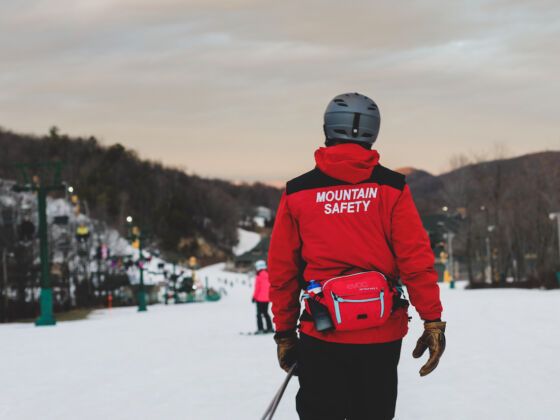Have you skied 30 days a year for as long as you can remember? Did you ever write to Warren Miller and tell him that you were the next skiing sensation and you should be featured in his film? Have a hankering for adventure and feel that helping people on the slopes is second nature? Welcome to your new home away from home, the National Ski Patrol.
A quick read of the National Ski Patrol (NSP) website offers valuable information about the process of becoming a ski patroller.
